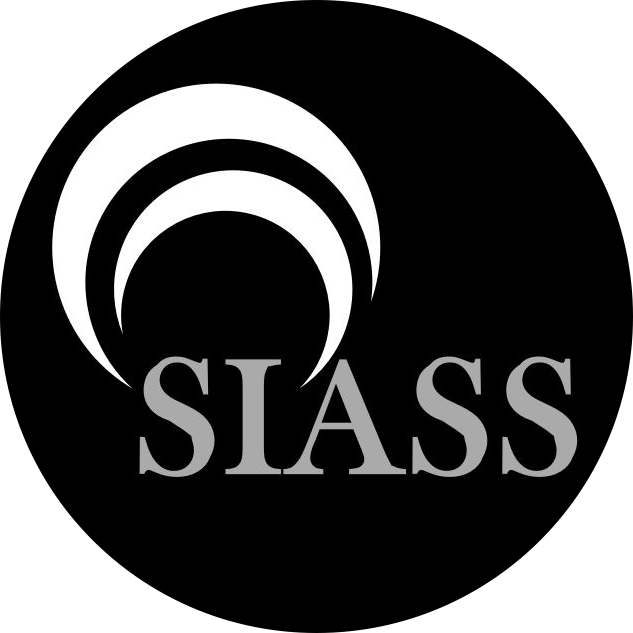Understanding the Rules: Covert Surveillance and Technical Investigations in the UK
- SIASS

- 5 days ago
- 2 min read
When planning an investigation that may involve covert surveillance, it’s vital to understand the legal framework that governs how it can be carried out. The UK Government’s Covert Surveillance and Property Interference Code of Practice sets out the rules for public authorities, but the principles are equally important for private organisations, investigators, and individuals considering the use of technical surveillance.
At SIASS, we believe in carrying out all technical surveillance responsibly, proportionately, and lawfully. Below is a simplified overview of the government’s guidance to help you understand what’s involved.

What Is Covert Surveillance?
Covert surveillance is surveillance carried out without the subject’s knowledge to gather information. It covers activities such as:
Using technical equipment like cameras or listening devices.
Monitoring individuals in specific locations.
Collecting evidence discreetly as part of an investigation.
The Code makes a distinction between different types of surveillance:
Directed surveillance – focused on a particular individual or group, usually in public places.
Intrusive surveillance – surveillance in someone’s home, private vehicle, or other private locations. This is far more tightly regulated.
Why Legal Safeguards Matter
The law seeks to balance the need for effective investigations with the right to privacy under Article 8 of the Human Rights Act 1998. Surveillance must therefore be:
Necessary – there must be a genuine investigative or security need.
Proportionate – the surveillance should not be excessive compared to the purpose.
Authorised – in the case of public authorities, surveillance must be approved by the appropriate oversight body.
For private investigations, following these principles ensures that evidence is gathered ethically and in a way that is more likely to be considered credible and admissible.
Who Uses Covert Technical Surveillance?
The Code of Practice primarily applies to public authorities such as:
Police forces
Local councils
Government agencies
Law enforcement bodies
However, private investigators, businesses, landlords, and individuals can also benefit from using technical surveillance experts—provided it is done within the law. This is where SIASS can help.
Safeguarding Considerations
Surveillance should never be used to harass, exploit, or intrude unnecessarily into someone’s private life. Safeguards exist to protect vulnerable individuals, such as children or at-risk adults. Professional technical surveillance teams, like those at SIASS, take these responsibilities seriously and operate within strict ethical standards.
Why Work With SIASS?
Navigating the legal landscape around covert surveillance can be complex. By partnering with SIASS technical surveillance professionals, you can be confident that:
All technical deployments are lawful and proportionate.
Investigations are conducted with respect for privacy and safeguarding.
You gain access to specialist equipment and expertise without having to invest in it yourself.
Conclusion
Covert surveillance is a powerful investigative tool, but it comes with legal and ethical responsibilities. By understanding the principles set out in the government’s Code of Practice—and by working with trusted professionals like SIASS—you can ensure that your investigation is effective, compliant, and ethically sound.
📞 Considering a technical surveillance operation? Contact SIASS today to discuss your needs with our experienced team.




Comments